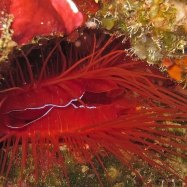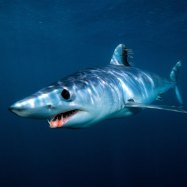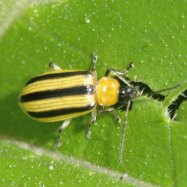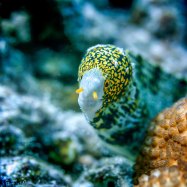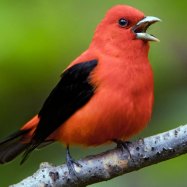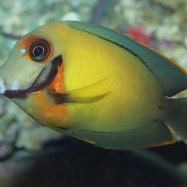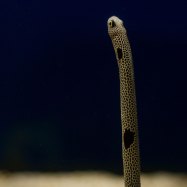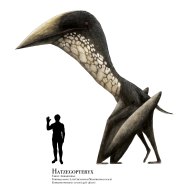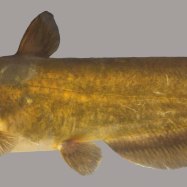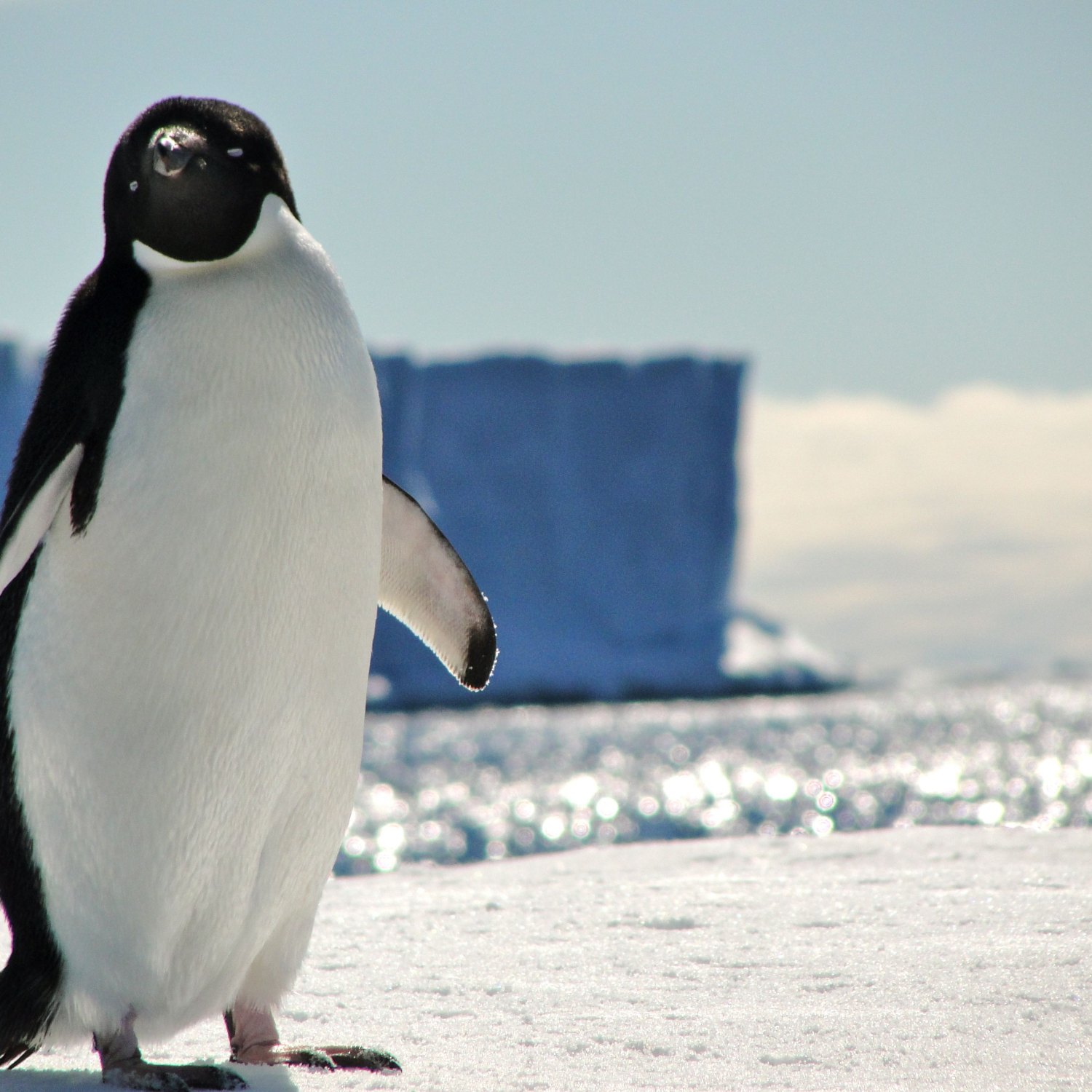
Adelie Penguin
46 to 71 cm (18 to 28 inches)
Adorable Adelie Penguins, found in the Southern Ocean, have a slender and streamlined body shape. Standing at 46 to 71 cm, these birds are known for their funny waddling and their ability to dive up to 180 meters deep. They belong to the Spheniscidae family and are the smallest penguin species. Known for their scientific name Pygoscelis adeliae, they are surely a crowd favorite.
Animal Details Summary:
Common Name: Adelie Penguin
Kingdom: Animalia
Habitat: Antarctica
The Adelie Penguin: A Fascinating Creature of the Southern Ocean
The animal kingdom is full of incredible creatures, each with their unique traits and habitats. One such remarkable animal is the Adelie Penguin, scientifically known as Pygoscelis adeliae. This species of penguin is commonly found in Antarctica, making it a perfect example of a polar animal with specialized adaptations to survive in freezing temperatures.Found in the Southern Ocean, the Adelie Penguin is one of the smallest species of penguin, but it has captured the interest and admiration of many Adelie Penguin. From its physical appearance to its behavior and lifestyle, there is so much to learn about this flightless bird. So let's dive into the fascinating world of the Adelie Penguin.
The Adelie Penguin: Taxonomy and Habitat
Before we get into the nitty-gritty details of the Adelie Penguin, it's essential to understand its scientific classification. The Adelie Penguin belongs to the Kingdom Animalia, the Phylum Chordata, and the Class Aves, making it a member of the bird family. It is also a part of the order Sphenisciformes and the family Spheniscidae, which includes all penguin species.The Adelie Penguin has a restricted habitat, mostly found in Antarctica, making it a polar animal. This flightless bird mainly stays on pack ice, icebergs, and fast ice with open water that is close to the Antarctic continent. However, during the breeding season, they move to the rocky, ice-free shores of Antarctica, where they form massive breeding colonies.
The Adelie Penguin: Physical Characteristics
The Adelie Penguin is a beautiful bird with a unique appearance, making it easily distinguishable from other penguin species African Wild Dog. Adults have a unique black back, a white chest, and striking white rings around their eyes. This distinctive coloration helps them camouflage in the water, making it hard for predators like leopard seals to spot them.They also have a slender and streamlined body shape, which helps them dive and swim efficiently. Their flippers are short and flat, making them look like small wings. These flippers, along with their webbed feet, make them expert swimmers and divers, enabling them to catch their prey with ease.
The Adelie Penguin: Adaptations for Survival
Living in the harsh conditions of Antarctica requires the Adelie Penguin to have special adaptations to survive. One of the most significant adaptations is their waterproof feathers. These feathers have a structure similar to Velcro, which traps a layer of air close to the body, providing insulation against the cold water. They also have a thick layer of blubber to keep them warm in the freezing temperatures.Apart from physical adaptations, the Adelie Penguin has also developed unique behaviors to survive in their environment. As opposed to huddling together for warmth like other penguin species, Adelie Penguins gather in groups to reduce their exposure to the wind. This behavior, known as crèching, also helps them conserve energy during the breeding season.
The Adelie Penguin: Feeding Habits
As carnivorous animals, Adelie Penguins mainly feed on krill, but they also consume other types of fish, krill, and squid. They use their sharp beaks to catch their prey while swimming underwater, and their powerful jaws help them crush the exoskeletons of krill. They are also known to feed on small fish and squid, depending on the availability of prey.One interesting fact about the Adelie Penguin's feeding habits is that they can spend up to 75% of their day feeding during the breeding season. This high demand for food is to support themselves and their young ones, making them one of the most active penguin species during that time.
The Adelie Penguin: Life Cycle and Reproduction
Like all penguin species, the Adelie Penguin has a unique mating and reproductive process. They usually begin to court in October, and after selecting a mate, they will build their nests using pebbles, feathers, and twigs. The female will lay two eggs, and both the male and female will take turns incubating the eggs for about 30 to 40 days.Once the chicks hatch, the parents will take turns caring for them and feeding them regurgitated food. The chicks grow quickly, and within two weeks, they will have doubled in weight. After about 50 to 60 days, when the chicks have grown their waterproof feathers, they will fledge (leave the nest) to start their independent lives.
The Adelie Penguin: Conservation Status
The Adelie Penguin is considered a stable species, with a population of around 5 million individuals. However, like many other animals, they are vulnerable to the effects of climate change and human activities. The melting of pack ice, a crucial habitat for these penguins, severely affects their livelihoods.Pollution, oil spills, and overfishing in the Southern Ocean also pose a threat to their survival. To ensure the protection of this unique species, various steps and regulations have been put in place to minimize human impact and reduce carbon emissions.
The Adelie Penguin in Pop Culture
Given its captivating appearance and unique behaviors, it's no wonder that the Adelie Penguin has made its way into popular culture. They have been featured in many movies and documentaries, showcasing their incredible journey of survival in the harsh conditions of Antarctica. They have also become a popular tourist attraction, with people from all over the world flocking to Antarctica to catch a glimpse of these adorable creatures.One of the most iconic appearances of the Adelie Penguin was in the movie "March of the Penguins," which won an Oscar for Best Documentary in 2006. The movie follows the incredible journey of these penguins as they march through the frozen tundra to breed and raise their young ones.
Final Thoughts
The Adelie Penguin is a remarkable creature of the Southern Ocean, with unique adaptations and behaviors that make it perfectly suited for its harsh environment. From its striking appearance to its fascinating life cycle and mating rituals, there is so much to learn and appreciate about this charismatic penguin species.However, it is essential to remember that these birds, like many other animals, are vulnerable to the effects of climate change and human activities. It is our responsibility to ensure their conservation and preservation, so future generations can continue to marvel at their beauty and resilience. So let's do our part in protecting this incredible species and their habitat.

Adelie Penguin
Animal Details Adelie Penguin - Scientific Name: Pygoscelis adeliae
- Category: Animals A
- Scientific Name: Pygoscelis adeliae
- Common Name: Adelie Penguin
- Kingdom: Animalia
- Phylum: Chordata
- Class: Aves
- Order: Sphenisciformes
- Family: Spheniscidae
- Habitat: Antarctica
- Feeding Method: Carnivorous
- Geographical Distribution: Antarctica
- Country of Origin: Antarctica
- Location: Southern Ocean
- Animal Coloration: Black back, white front, and white around the eyes
- Body Shape: Slender and streamlined
- Length: 46 to 71 cm (18 to 28 inches)
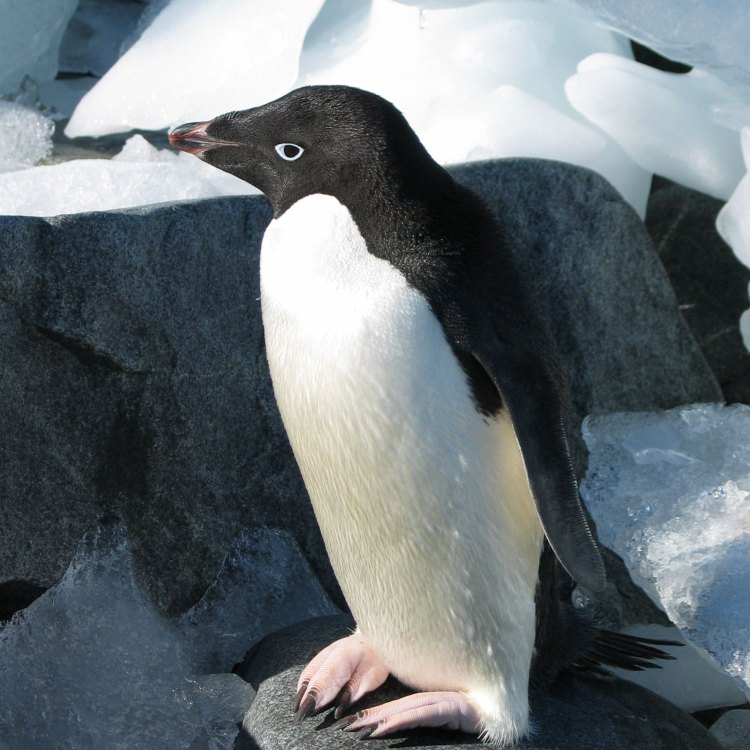
Adelie Penguin
- Adult Size: Small
- Average Lifespan: Up to 20 years
- Reproduction: Sexual
- Reproductive Behavior: Monogamous
- Sound or Call: Loud calls and trumpeting sounds
- Migration Pattern: Migratory
- Social Groups: Colonial
- Behavior: Highly social and gregarious
- Threats: Climate change, habitat loss, predation
- Conservation Status: Near Threatened
- Impact on Ecosystem: Key component of Antarctic marine ecosystems
- Human Use: Tourism, scientific research
- Distinctive Features: White face with a black chinstrap, and a prominent patch of white feathers above each eye
- Interesting Facts: Adelie penguins are excellent swimmers and can reach speeds of 22 mph (35 km/h) in the water.
- Predator: Leopard seals, killer whales
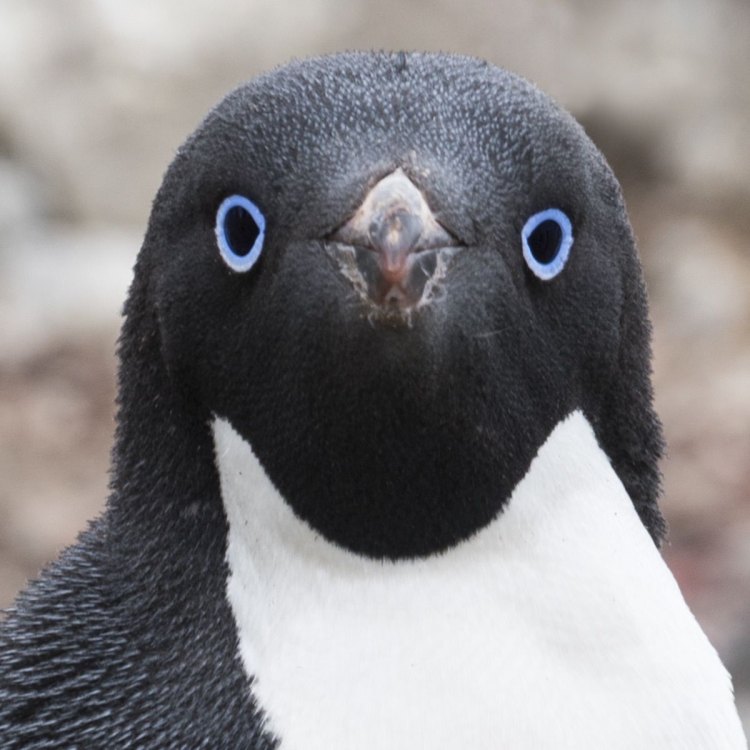
Pygoscelis adeliae
The Adelie Penguin: A Fascinating and Unique Species
The Adelie Penguin is a small but resilient creature that inhabits the Antarctic continent and its surrounding islands. Despite its small size, this penguin species has captured the hearts and minds of many due to its interesting characteristics and behavior. From its distinctive features to its important role in the ecosystem, the Adelie Penguin is truly a remarkable and unique species worth learning about.Adult Adelie Penguins typically weigh between 3 PeaceOfAnimals.Com.9 to 6 kg and can grow to a height of only about 28 inches. They are considered small compared to other penguin species, but what they lack in size, they make up for in their remarkable lifespan. Adelie Penguins can live up to 20 years, making them one of the longest-living penguin species.
One of the most distinctive features of the Adelie Penguin is its striking black and white coloration. The penguin has a white face with a black chinstrap that runs across its throat and a prominent patch of white feathers above each eye. This unique coloration serves as camouflage to protect them from predators such as leopard seals and killer whales.
But what truly sets the Adelie Penguin apart from other penguin species is its reproductive behavior. Unlike some penguins that lay their eggs on land, Adelie Penguins build their nests using stones near the shoreline or rocky cliffs. They are sexual reproducers, and their reproductive behavior is centered around monogamy Angora Ferret. These penguins form strong pairs with their partners, and they stay together for a lifetime, which can last up to 20 years. They work together to build and maintain their nests and take turns incubating their eggs, showing great teamwork and parental care.
During the breeding season, Adelie Penguins are also known for their loud and distinctive calls and trumpeting sounds, which they use to communicate with their partners and other colony members. This behavior, coupled with their highly social and gregarious nature, makes Adelie Penguins one of the most vocal and social bird species.
The Adelie Penguin is also known for its migratory behavior. These penguins live in Antarctica during the breeding season, which starts in October and ends in February. As the Antarctic winter approaches, they migrate north to warmer regions, such as Australia and New Zealand. They travel in large groups, known as colonies, consisting of thousands or even millions of individuals. This behavior is crucial for their survival, as it helps to avoid harsh weather conditions and find food sources that are scarce in the winter.
The Adelie Penguin is a colonial species, preferring to live in large groups consisting of thousands of individuals. This behavior serves as a defense mechanism against predators, making it harder for them to single out one penguin. It also allows them to huddle together to conserve warmth during the harsh Antarctic winter.
Unfortunately, the Adelie Penguin faces many threats, primarily caused by human activities. Climate change, habitat loss, and overfishing in the Antarctic are major threats to the species. The warming of the Antarctic region has resulted in the loss of sea ice, which is crucial for the penguin's survival. This has led to a decline in their food sources, as well as increased competition with other species for food. The Adelie Penguin is also affected by oil spills, which can disrupt their nesting sites and cause long-term damage to the ecosystem.
Due to these threats, the Adelie Penguin is currently classified as "Near Threatened" on the IUCN Red List. However, conservation efforts are in place to protect this unique species and its environment. Governments and conservation organizations have established stricter regulations on fishing in the Antarctic and implemented measures to reduce the impact of climate change. Additionally, eco-tourism, where visitors can observe penguins in their natural habitat, has become a popular way to raise awareness and funds for conservation efforts.
The Adelie Penguin plays a crucial role in the Antarctic marine ecosystem. As predators of krill and other small sea creatures, they help control their populations, ensuring the balance of marine life. They are also an important food source for other animals, such as leopard seals and killer whales. If the Adelie Penguin were to disappear, it would have a significant impact on the delicate balance of the Antarctic ecosystem.
The Adelie Penguin is not only essential for the ecosystem, but it also benefits humans in many ways. Scientists study these penguins to better understand their behavior and how they adapt to their harsh environment. The data collected from these studies can help us understand the effects of climate change and how we can mitigate its impact. Additionally, the tourism industry has also benefited from the presence of Adelie Penguins, as they are a popular attraction for visitors interested in seeing these fascinating creatures up close.
In conclusion, the Adelie Penguin is a remarkable and unique species that deserves our admiration and protection. From its small adult size and monogamous reproductive behavior to its loud calls and migratory nature, these penguins have captured the hearts of many. They face various threats, but with ongoing conservation efforts, we can ensure the survival of this species and the preservation of the delicate Antarctic ecosystem. With its distinctive features, interesting behavior, and significant role in the ecosystem, the Adelie Penguin is truly a remarkable and fascinating bird.
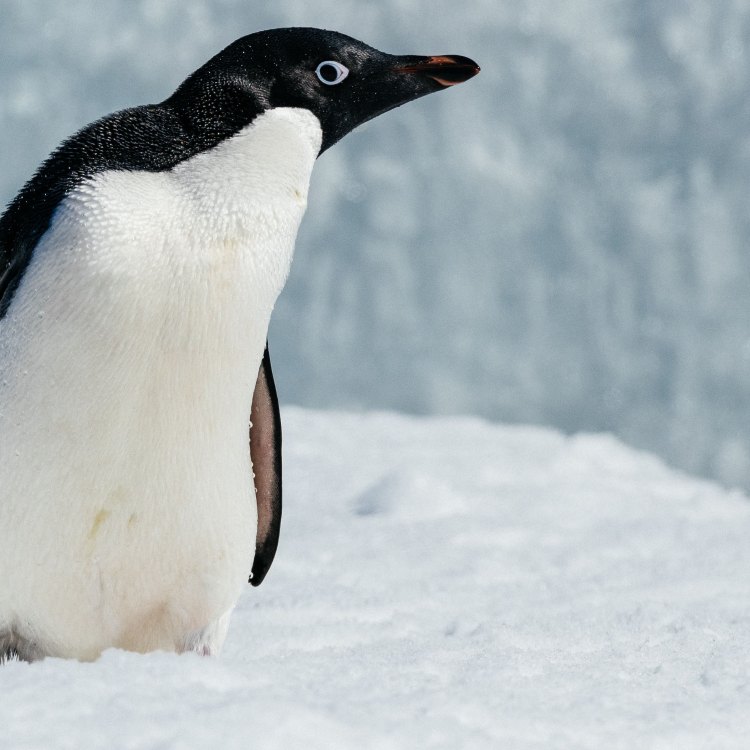
The Adelie Penguin: A Fascinating Creature of the Southern Ocean
Disclaimer: The content provided is for informational purposes only. We cannot guarantee the accuracy of the information on this page 100%. All information provided here may change without prior notice.

